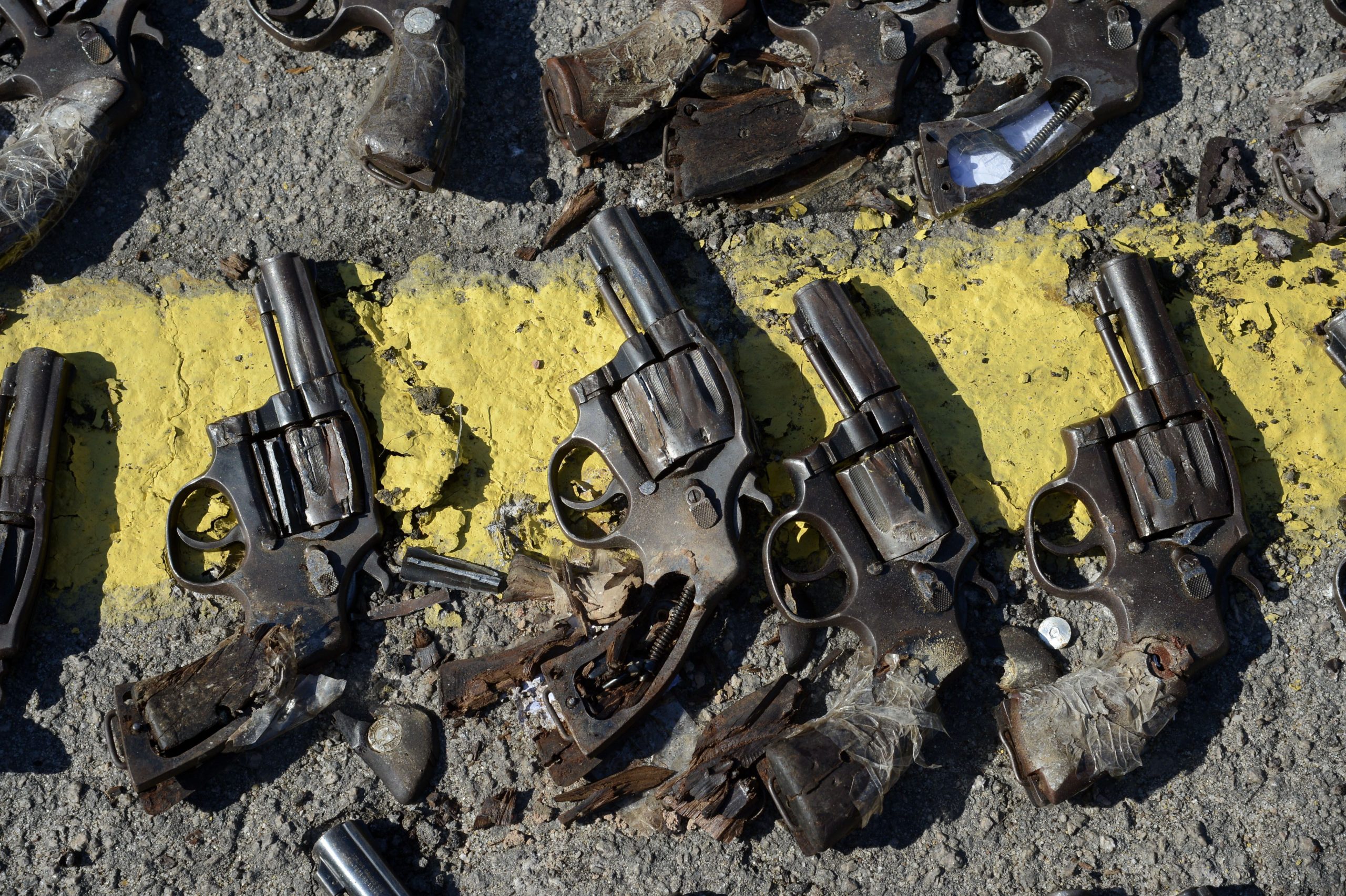Injustice system
By Rafael Custódio, coordinator of the Justice Program at Conectas
On October 2, 1992, two prisoners started quarrelling with other inmates, for trivial reasons, on the second floor of Pavilion 9 at the Carandiru prison complex. Faced with the riot that ensued, the prison guards decided to withdraw from the facility and the warden called in the Military Police, which arrived with nearly 350 officers from various regiments, in addition to the riot police and the ROTA tactical military force. Eleven hours later, the (official) body count was 111 dead and 35 wounded prisoners. There were no deaths among the police.
 From that moment on, it was public and notorious that the deaths were summary executions of the inmates, who were killed after they had surrendered, and that the wounded were later killed. Forensic evidence confirmed the massacre: the forensic expert Osvaldo Negrini Neto, the author of the report on the massacre, said he found marks from machine gun bullets just 50 centimeters above ground level, indicating that the prisoners were on their knees when they were shot. All the marks were from bullets fired in one direction. There were no marks in the opposite direction, which demonstrates that the police had not been fired upon.
From that moment on, it was public and notorious that the deaths were summary executions of the inmates, who were killed after they had surrendered, and that the wounded were later killed. Forensic evidence confirmed the massacre: the forensic expert Osvaldo Negrini Neto, the author of the report on the massacre, said he found marks from machine gun bullets just 50 centimeters above ground level, indicating that the prisoners were on their knees when they were shot. All the marks were from bullets fired in one direction. There were no marks in the opposite direction, which demonstrates that the police had not been fired upon.
The main evidence that would have personally identified those responsible for the massacre disappeared. The families of the victims were offered silence and indifference. The high ranking members of the state government at the time enjoyed immunity, and its representatives only ever appeared in court to be heard as “witnesses”.
What is worse is that the reasons that led to the massacre persist to this day, in the same degree of complexity and severity. The Pinheiros prison complex, for example, is already being nicknamed the “new Carandiru”.
After taking more than two decades to prosecute (only) the low ranking officers involved in the massacre, it is sad to look back at perhaps one of the clearest examples of how the Brazilian justice system fails to protect rights, to remedy violations and to hold violators accountable.
The Inter-American Commission on Human Rights recommended, back in 2000, that Brazil conduct a “full, impartial and effective” investigation to identify and prosecute the government agents who contributed, in any way, to the massacre. Twenty-two years later, and after only a trial court ruling, it is rather disconcerting to claim that the conviction of a few military police officers involved in the operation could mean that justice has been served.


